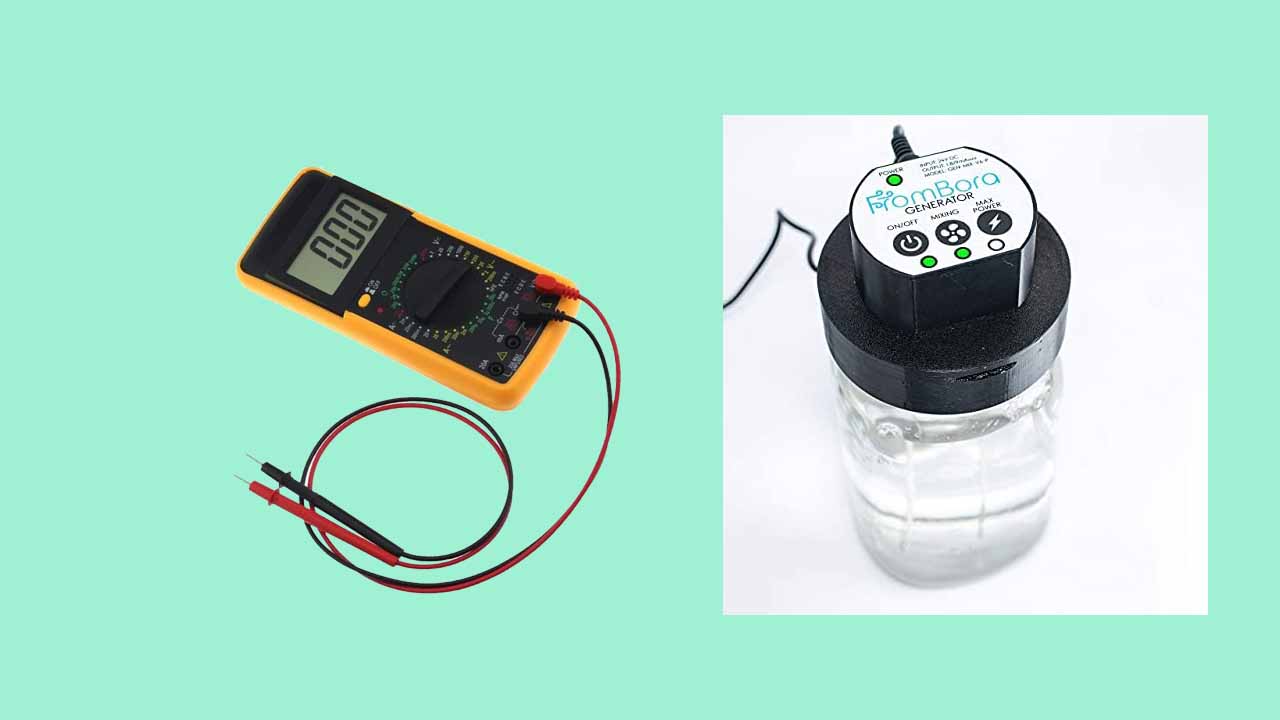Colloidal silver is a liquid solution that contains microscopic particles of silver suspended in a liquid medium. It is believed to have a number of health benefits and is often used as a natural antimicrobial agent. One of the key factors in the production of colloidal silver is the voltage that is used to create it.
In this article, we will explore the best voltage for making colloidal silver and how it can impact the quality and effectiveness of the final product. We will also discuss the different methods and devices that are used to produce colloidal silver, and how to choose the right one for your needs.
Whether you are a seasoned pro or new to the world of colloidal silver, this article will provide you with the information you need to create high-quality solutions that are safe and effective.
Best voltage for making colloidal silver
The best voltage for making colloidal silver depends on the type of equipment you are using. Some sources recommend using a low voltage of around 6-9 volts, while others recommend a higher voltage of around 15-20 volts. In general, it is best to use the lowest voltage that still produces a stable and effective colloidal silver solution.
It is important to note that the quality of the colloidal silver solution depends on a variety of factors, including the purity of the silver used, the type and quality of the electrolyte solution, and the temperature and pH of the solution.
It is also important to follow proper safety precautions when making colloidal silver, as silver can be toxic if ingested in large amounts.
How to measure the voltage of colloidal silver solution
There are a few different ways to measure the voltage of a colloidal silver solution. One option is to use a digital multimeter, which is a device that can measure a variety of electrical quantities, including voltage, current, and resistance.

To use a digital multimeter to measure the voltage of a colloidal silver solution, you will need to connect the leads of the multimeter to the solution. The voltage reading will appear on the display of the multimeter.
Another option is to use an electrochemical cell, which is a device that can measure the voltage of a solution using electrodes.
To use an electrochemical cell to measure the voltage of a colloidal silver solution, you will need to immerse the electrodes in the solution and then measure the voltage across the electrodes using a digital multimeter or other measuring device.
It is important to note that the voltage of a colloidal silver solution can vary depending on a variety of factors, including the purity of the silver used, the type and quality of the electrolyte solution, and the temperature and pH of the solution.
The voltage of the solution can also change over time as the solution is being made, so it is important to measure the voltage regularly to ensure that the solution is stable and effective.
What devices are good for making colloidal silver generators?
There are a number of devices that can be used to make a colloidal silver generator. Some options include:
- Colloidal silver generator kit: These kits typically include everything you need to make colloidal silver at home, including a power supply, electrodes, and an electrolyte solution.
- Continuous flow colloidal silver generator: These devices use a continuous flow of electrolyte solution to produce colloidal silver, making it easy to produce large amounts of the solution.
- Microwave-powered colloidal silver generator: These devices use microwaves to generate colloidal silver, making it a faster and more convenient option for some people.
- High-voltage colloidal silver generator: These devices use a high voltage to produce colloidal silver, which can result in a more stable and effective solution.
It is important to note that the effectiveness and safety of colloidal silver generators can vary, so it is important to do your research and choose a reputable product. It is also important to follow proper safety precautions when making colloidal silver, as silver can be toxic if ingested in large amounts.

Meet Max, the founder and lead writer of our home improvement blog. He is a seasoned home renovation and design expert with over 8 years of experience in the industry.
Max has a passion for creating beautiful and functional living spaces and is dedicated to helping homeowners and DIY enthusiasts achieve their home improvement goals. He has worked on a wide range of projects, from small updates to full-scale renovations, and has a wealth of knowledge and experience to share.
As an avid DIYer, Max understands the challenges and rewards of tackling a home improvement project and enjoys sharing his tips, tricks and insights to make the process as easy and enjoyable as possible. In his free time, Max can be found working on his own home renovation projects, reading design blogs and magazines, and travelling to explore new design trends.
Max is excited to share his knowledge and experience with you and hopes to inspire and empower you to take on your next home improvement project with confidence. Follow Max on LinkedIn for more inspiration and expert advice.


